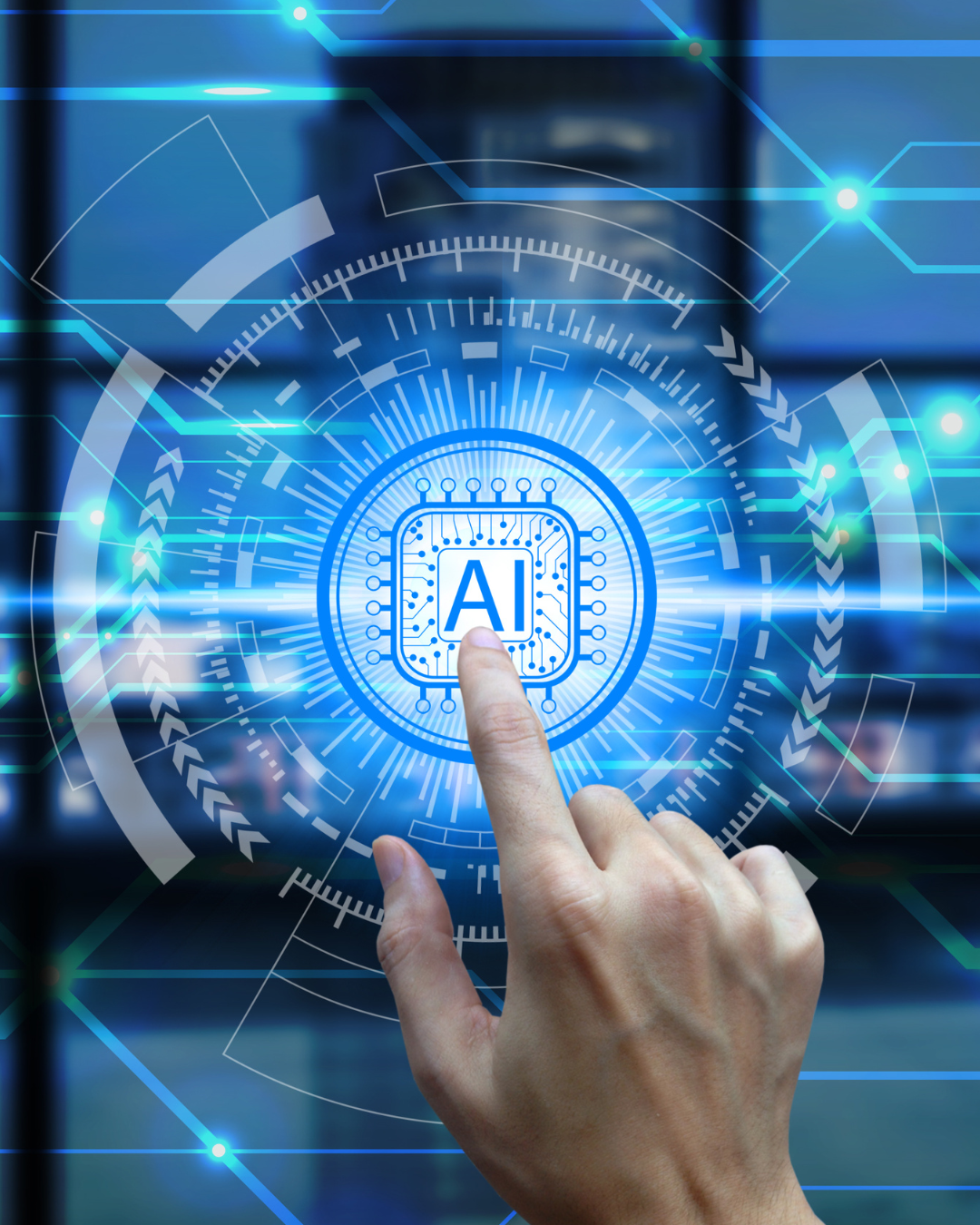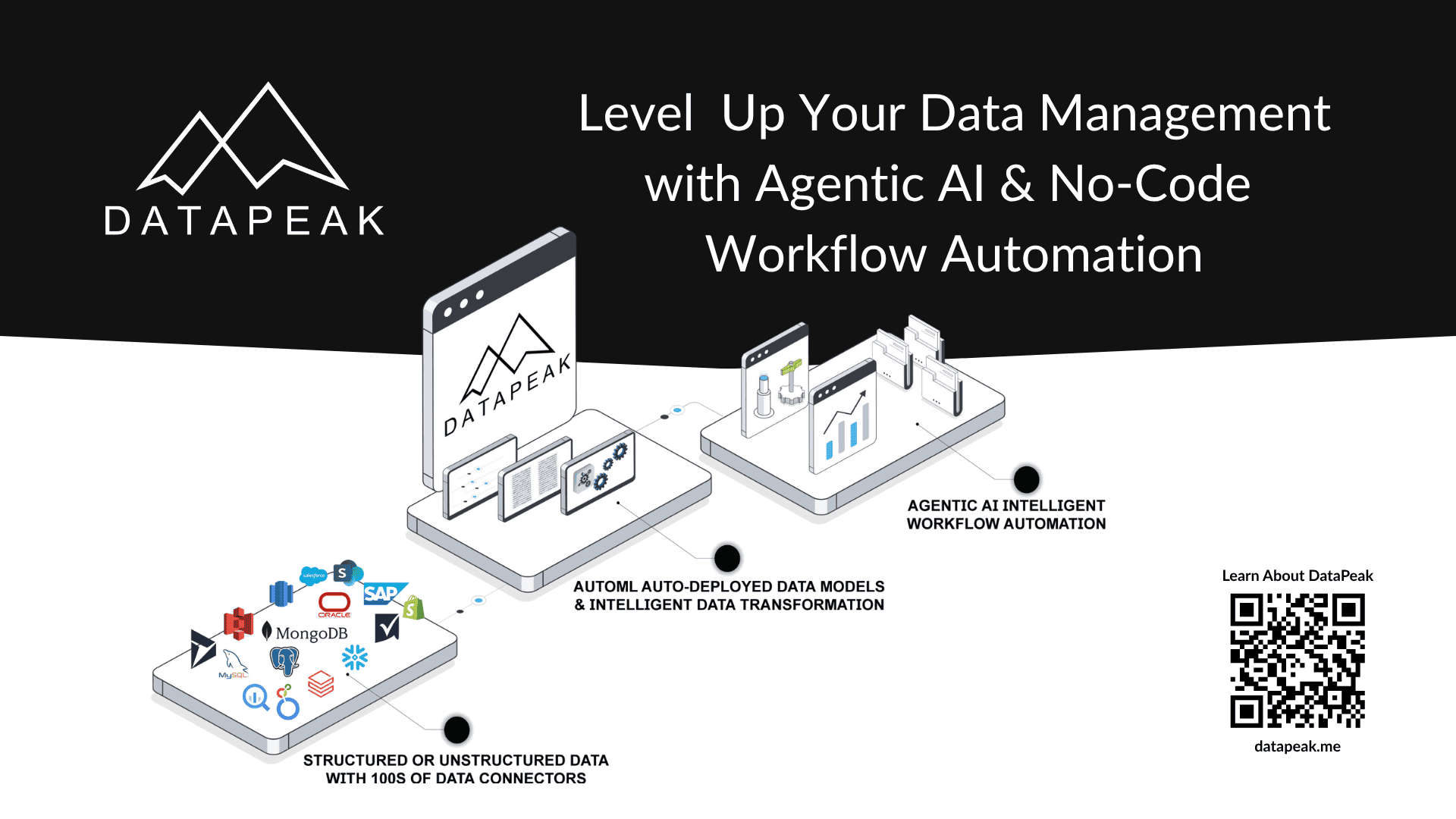Reducing Workflow Inefficiencies with AI Workflow Orchestration
Every business depends on processes. Whether it's onboarding new employees, fulfilling customer orders, or managing internal requests, workflows are the foundation of daily operations. But when those workflows break down due to manual work, delays, or disconnected systems, they create more than just frustration. These inefficiencies waste time, reduce productivity, and increase operational costs.
AI-powered workflow orchestration offers a modern solution. Instead of managing tasks manually or reacting to problems after they happen, companies can use AI to coordinate how work flows across teams, tools, and systems. The result is faster execution, fewer errors, and more time for employees to focus on meaningful work.
What Is Workflow Orchestration?
Workflow orchestration is the process of coordinating tasks, people, and systems in the correct order to complete a business process. It determines what should happen next, who should be involved, and how information should move from one step to the next.
Without orchestration, processes can quickly become messy. For example:
A customer support ticket is submitted, but no one follows up because the system didn't alert the right team.
A marketing campaign launches, but sales isn’t informed until days later.
A purchase request is approved, but finance doesn't get the update unless someone remembers to send an email.
Workflow orchestration creates structure. It ensures every step of a process is connected, every stakeholder is informed, and every system is updated at the right time. It eliminates the need for people to manually chase updates or pass information between tools.
How AI Improves Workflow Orchestration
Traditional automation helps with routine tasks by following predefined rules. For example, "If a form is submitted, send an email." These workflows are helpful but rigid. They don't adapt to changing conditions or make decisions when the situation gets more complex.
AI-powered orchestration adds intelligence to the process. It can:
Analyze data from multiple systems
Predict delays before they happen
Assign tasks based on workload, urgency, or business value
Continuously learn and improve over time
With AI, workflows become smarter and more flexible. Instead of waiting for someone to manually move a task forward, the system can determine the best next step automatically. This saves time, reduces errors, and keeps everything moving without constant oversight.
Where Workflow Inefficiencies Come From
Before you can fix inefficiencies, it helps to understand where they typically appear. Here are four common causes:
1. Manual Handoffs
When people have to notify others, send emails, or update spreadsheets to move a task along, delays are almost guaranteed. Manual handoffs slow things down and leave room for mistakes.
2. Disconnected Tools
Most companies use a variety of apps across departments. When these tools don’t talk to each other, employees spend time copying information between systems or asking for updates that should be automatic.
3. Repetitive Tasks
Routine tasks like report generation, task reminders, or data entry eat up valuable hours every week. These jobs may be necessary, but they rarely require human judgment and are ideal candidates for automation.
4. Lack of Visibility
Without visibility into how work is progressing, it’s difficult for managers to make timely decisions. Bottlenecks go unnoticed, tasks fall behind schedule, and accountability suffers.
How AI Workflow Orchestration Solves These Problems
Let’s look at how AI orchestration addresses each of the pain points above.
Automated Handoffs
AI systems can analyze the content and context of tasks, then route them to the right person automatically. For example, a customer request that mentions billing can be instantly sent to the finance team, instead of waiting in a general inbox.
System Integration
Modern orchestration platforms connect tools across the organization. AI ensures that data flows smoothly from one system to another so that everyone sees the same information without duplicate entry.
Intelligent Task Management
AI can identify patterns in work and determine what needs attention first. It can adjust priorities based on urgency or impact and free up people to focus on higher-value work.
Real-Time Monitoring
Orchestration platforms with AI provide real-time dashboards that show how processes are performing. This helps leaders identify slowdowns and take action before small problems become bigger ones.
“The way we are seeing the adoption of combined agentic AI and automation is by putting a workflow technology on top of it. So to us, the critical piece is this orchestration part.”
How Asana Uses Workflow Orchestration to Work Smarter
Asana, the work management platform, doesn’t just help other companies organize their workflows. They use AI and orchestration internally to improve their own operations.
Here’s how Asana applies intelligent workflow orchestration in their business:
Cross-Team Coordination
Asana has multiple teams working across product development, marketing, and customer success. To prevent silos, they use orchestration to route information between teams automatically. When a product update is released, the system notifies marketing to update messaging and customer success to prepare support materials.
Prioritization with AI
Using machine learning models, Asana evaluates incoming tasks and helps teams prioritize based on deadlines, historical trends, and strategic goals. This ensures teams are working on what matters most at any given time.
Automation of Routine Work
From onboarding new employees to launching campaigns, many repetitive tasks are automated. The system assigns tasks, sets due dates, and reminds team members at the right time without manual follow-up.
Visibility Across Projects
Through custom dashboards and AI-generated insights, leaders at Asana can see how projects are progressing in real time. They don’t have to wait for status reports or chase down updates. This gives them the ability to make decisions quickly and allocate resources more effectively.
The result is a more agile company that can respond to change faster and scale operations without adding unnecessary complexity.
Industry Use Cases
AI workflow orchestration is not limited to software companies. It’s increasingly being adopted across industries to reduce inefficiencies, improve coordination, and streamline day-to-day operations.
Healthcare: Coordinating patient intake, insurance verification, and appointment scheduling through AI helps reduce wait times, minimize paperwork, and ensure timely care. Automated workflows can also flag missing information or route cases based on urgency.
Retail: By syncing inventory systems with point-of-sale, customer service, and logistics tools, retailers can ensure products are available, orders are processed quickly, and support teams have accurate information. AI orchestration also helps manage seasonal demand without overloading teams.
Logistics: AI-powered orchestration allows logistics companies to automatically reroute deliveries based on traffic patterns, weather updates, or supply chain disruptions. It improves on-time delivery rates and reduces manual planning.
Legal: In law firms and in-house legal departments, routine processes like contract reviews, compliance checks, and document routing can be orchestrated through AI. This reduces time spent on admin work and helps teams meet deadlines more consistently.
Getting Started with AI Workflow Orchestration
You don’t need a large team or complex infrastructure to start using AI for workflow orchestration. Here are five steps to begin:
1. Identify a High-Friction Workflow
Start with one process that slows your team down. Look for workflows that span multiple departments, involve repeated manual work, or regularly cause delays.
2. Map the Current Process
Break the workflow down into each step. Identify who is involved, which systems are used, and where things tend to get stuck.
3. Choose an Orchestration Platform
Look for platforms that support AI features and can integrate with your existing tools. Popular choices include Workato, Make, DataPeak, and Zapier for mid-sized teams, or enterprise tools like UiPath or Microsoft Power Automate.
4. Automate and Test
Start small by automating a few steps. Make sure the system works as expected and test it with a small group before rolling it out more broadly.
5. Monitor and Improve
Use built-in analytics to monitor performance. See where the workflow improves and where adjustments are needed. As the system learns, it can become even more efficient over time.
Workflow inefficiencies cost more than just time. They lead to missed opportunities, employee frustration, and poor customer experiences. AI workflow orchestration offers a practical way to solve these problems without overhauling your entire operation.
By automating routine tasks, coordinating systems, and helping teams focus on meaningful work, businesses can move faster and smarter. Companies like Asana show that you don’t need to be a tech giant to use AI effectively. You just need the right strategy, tools, and mindset.
Now is a good time to examine how work moves through your business. Chances are, you’ll find areas where a smarter system could save hours, reduce complexity, and free your team to focus on other necessary tasks.
Keyword Profile: Asana AI Workflow, Workflow Orchestration, Intelligent Workflow Automation, Data Management, No-Code, Workflow Automation, Agentic AI, AutoML, Machine Learning, AI, DataPeak, FactR


